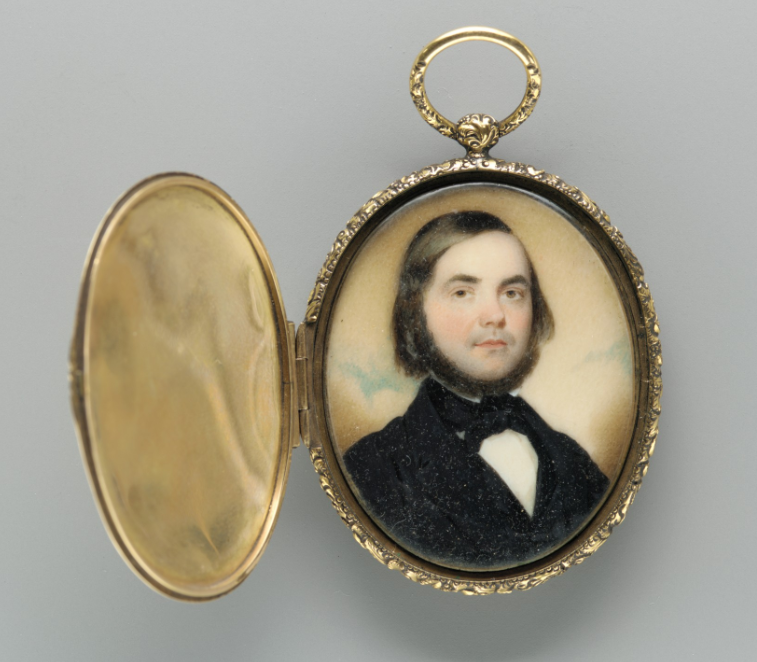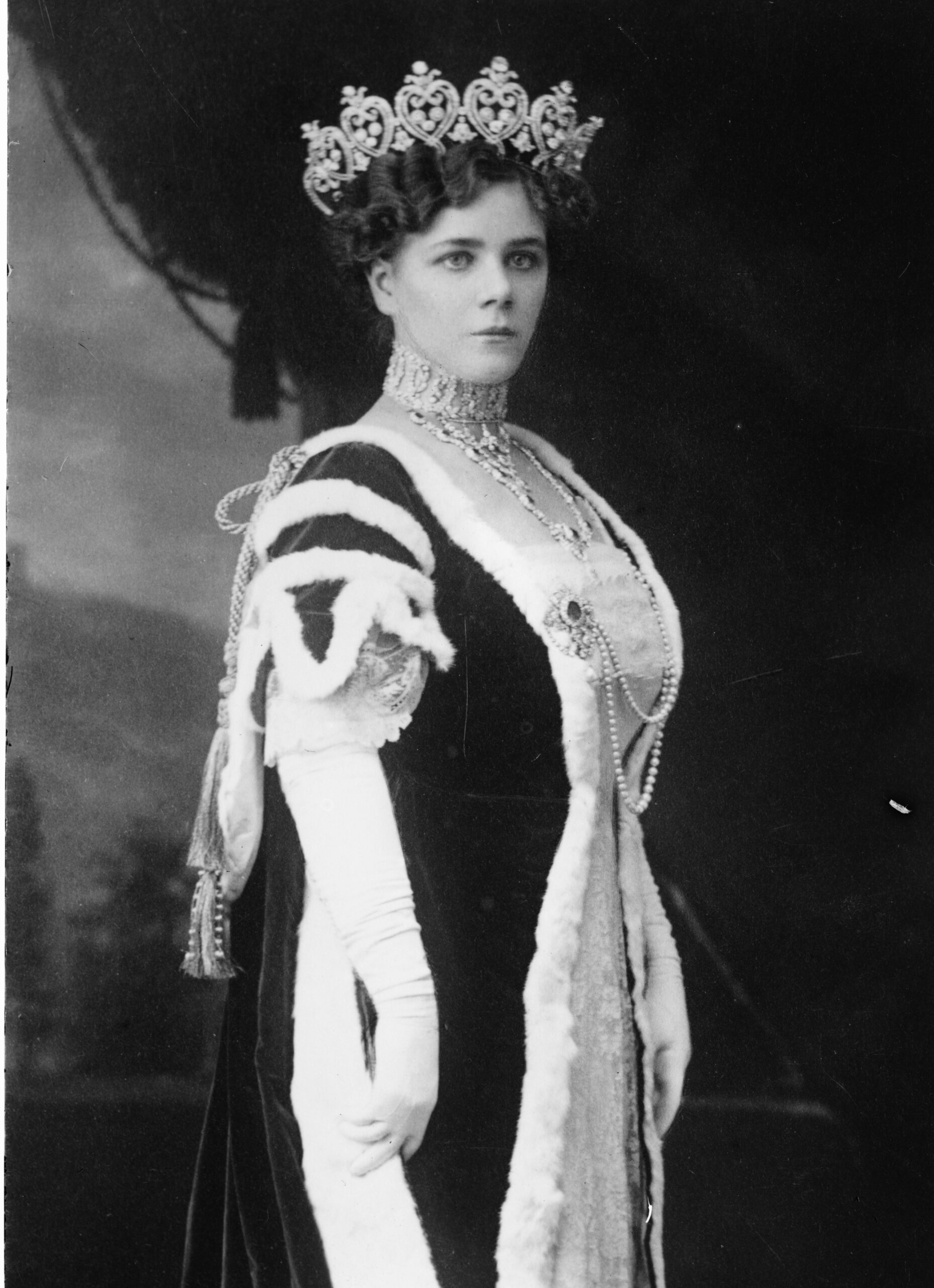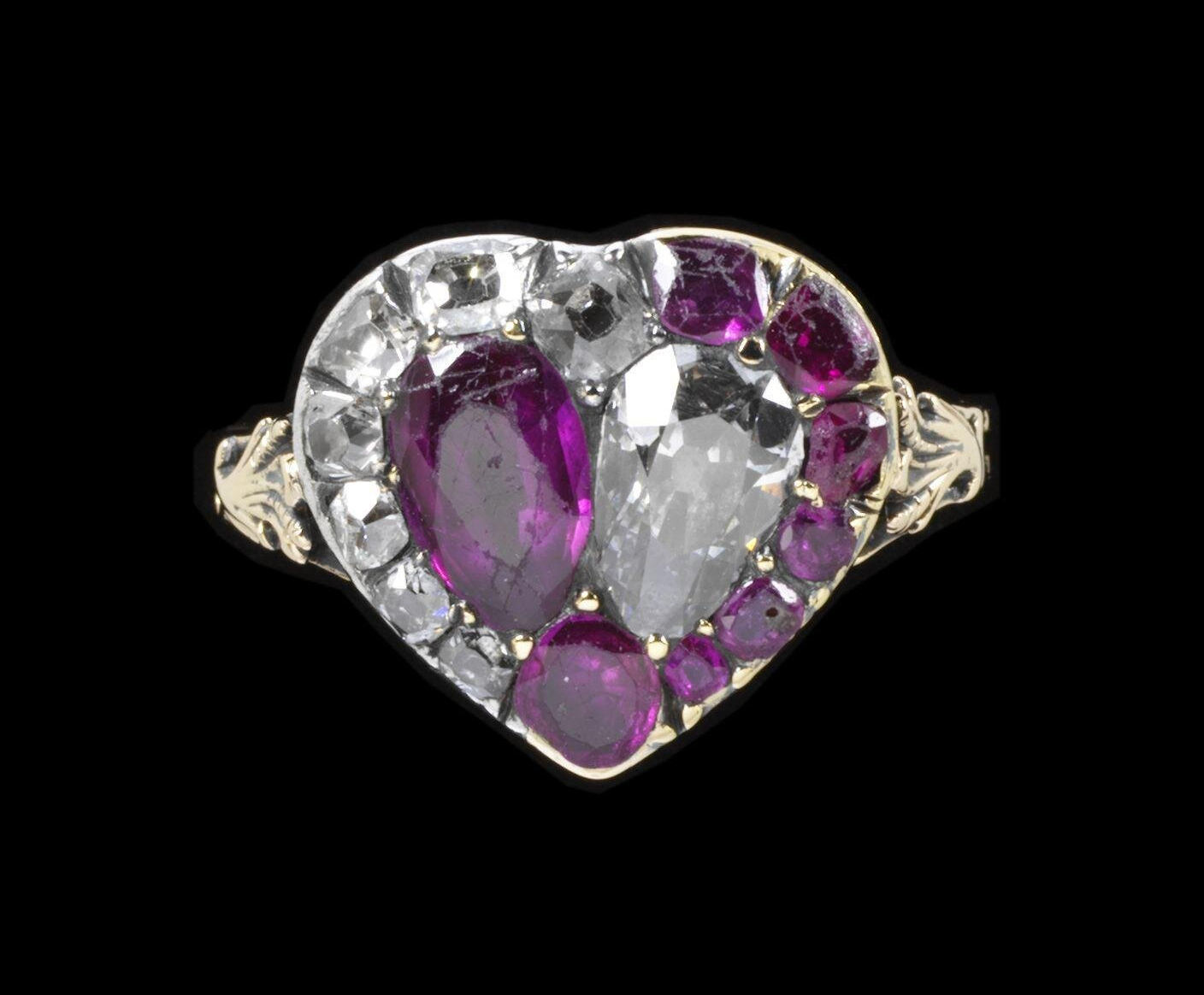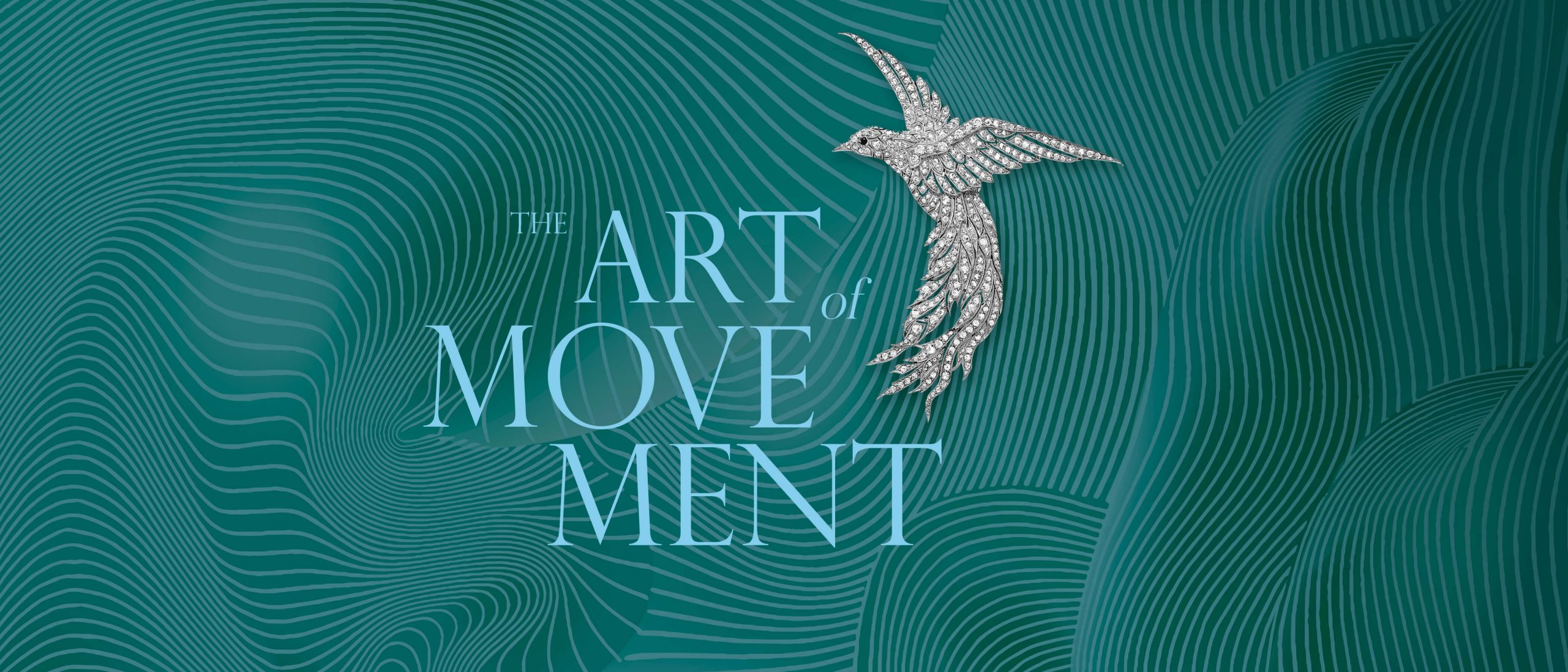Jewellery is a visual art – it’s made to be looked at and it sometimes carries a message. The language of jewellery is full of symbolism, images which were once widely understood but now often forgotten.
Everything changes in war time and jewellery might seem very low down the list of priorities. But making and wearing jewellery in a time of war was a way to show that the human spirit endured. It could be a bright note on a worn out outfit, a love gift, or a sign of resistance in the worst circumstances. Making jewellery in a time of war was creative, surprising and often touching.
A round up of some exhibitions and talks about jewellery in February.
Lockets are jewels of romance and memory. Wearing the image of your lover is a way to keep them close to you. But in some 19th century cases, the wrong picture in a locket revealed adultery and lead to divorce.
In 1901, the young Duke of Manchester bought three imitation pearl necklaces for his new bride, the dollar princess Helena Zimmerman. Why didn’t he pay for them and what does this say about their marriage?
In 1868, Reverend Chauncey Hare Townshend left his collection of gemstones to the V&A. They connected two of his great passions- collecting and mesmerism.
Love makes the jewellery world go round. Here is a short list of books on sentimental and love jewellery.
Van Cleef and Arpels are renowned for their stunning gem-set jewellery. This review looks at the Art of Movement, their new exhibition at the Design Museum, London.
What are the best places to see fabulous historic jewellery? These five museums are a great place to start.
The summer of 2022 has been full of treats for jewellery lovers. Exhibitions at Sotheby’s, Tiffany’s at the Saatchi Gallery and the queen’s jewels at the Buckingham Palace Jubilee exhibition have brought exceptional jewels to the public.









